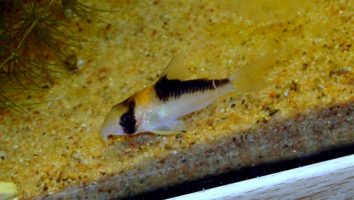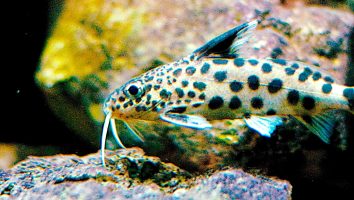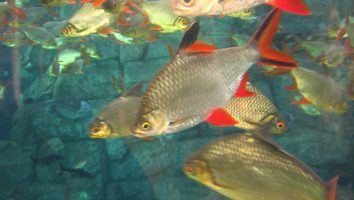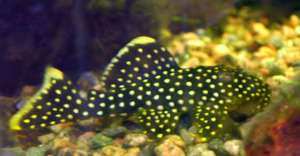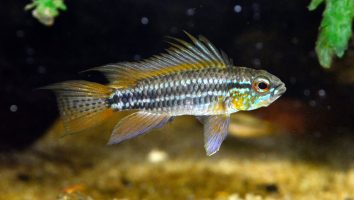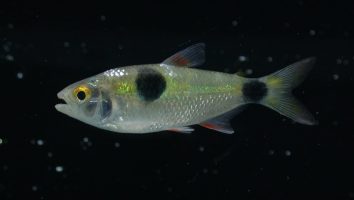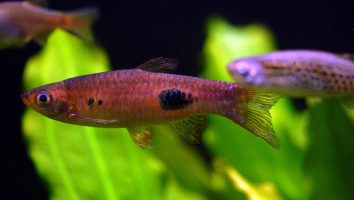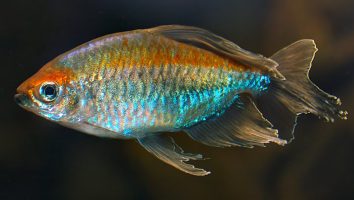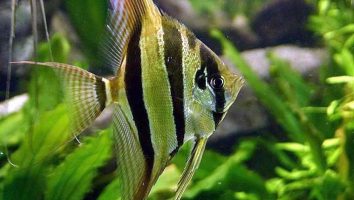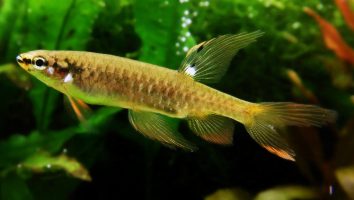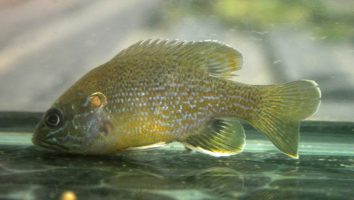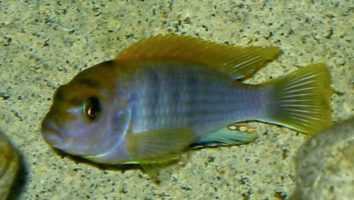The common hatchetfish is a unique and interesting freshwater fish that is perfect for the beginner aquarist.
Despite their unusual appearance, they are actually very easy to care for and make a great addition to any community tank.
In this guide, we will teach you everything you need to know about common hatchetfish care. You will learn about their diet, tank size, lifespan, and more!
Table of contents
Species overview
The common hatchetfish (Carnegiella strigata) is a freshwater fish that is found in the Amazon Basin of South America.
They are a generally peaceful fish but can be quite nippy so it’s best to keep them with other peaceful fish that are too large to be seen as potential food.
Their diet consists of small insects and other invertebrates that they catch in mid-air. They are known to be very good jumpers so it’s important to have a lid on their tank!
Common hatchetfish are a popular choice for many aquariums because of their unique shape and interesting hunting behavior.
Appearance
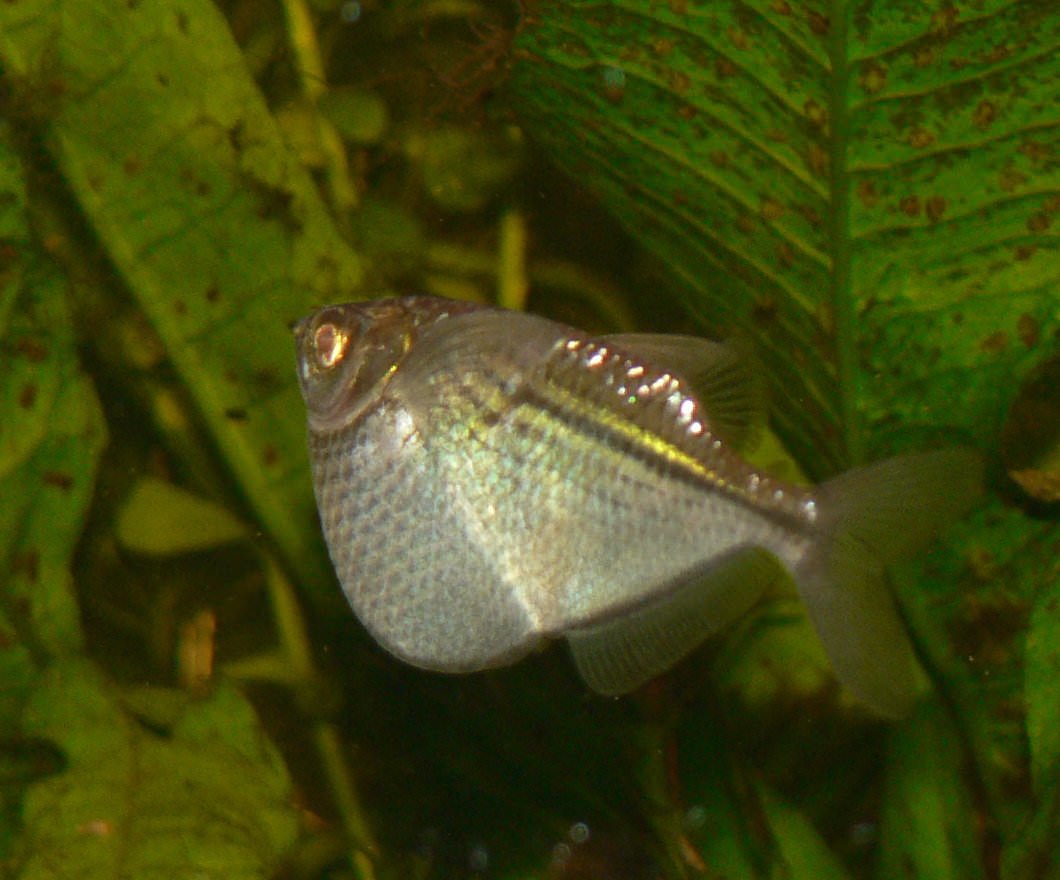
The first thing you’ll notice about the Common hatchetfish is their unique shape. These fish are very thin and have a body shape that’s somewhat triangular. The front half of their body is much thinner than the back half.
This gives them a bit of a “hatchet” shape (thus their name).
The coloration on these fish is very drab and typically a grayish-brown. There are some darker and lighter spots on their sides which help them to blend in with their surroundings.
The dorsal fin on the Common hatchetfish is very tall and thin. It starts at the back of their head and runs almost the entire length of their body.
This fish doesn’t have an anal fin. Their caudal fin is forked and slightly taller than their dorsal fin.
The pectoral fins on the Common hatchetfish are very small and thin. They’re located on the sides of the fish just behind the gill openings.
Lifespan
The common hatchetfish is a fairly short-lived species with a lifespan of only 2 to 3 years in captivity.Wild hatchetfish have an even shorter lifespan of just 1 to 2 years.
There are a number of factors that can impact the lifespan of hatchetfish. One of the biggest is how they’re acclimated to captivity.
If they’re not acclimated properly, hatchetfish are very susceptible to stress. This can lead to all sorts of problems including a shortened lifespan.
Size
Common hatchetfish are small fish that only grow to be about 2 inches in length.
Tank
Tank Size
The minimum tank size for common hatchetfish is 10 gallons.
These fish are very peaceful and can be kept in a community tank with other small, peaceful fish. If you’re looking to keep a school of hatchetfish, you will need at least 30 gallons so they have enough space to swim and explore.
Water Parameters
Hatchetfish are a tropical freshwater fish that come from South America. In the wild, they inhabit slow-moving rivers, floodplains, and swampy areas.
To recreate their natural environment in your aquarium, you’ll need to maintain certain water parameters. These include:
- Water temperature: 75 to 82 degrees Fahrenheit
- pH levels: 6.5 to 7.5
- Water hardness: 2 to 12 dGH
- Alkalinity Levels: 4-8 dKH
What To Put In Their Tank
When it comes to setting up a tank for Common Hatchetfish, there are a few things to keep in mind.
First and foremost, these fish come from habitats with very little in the way of vegetation. This means that you won’t need to worry about including a lot of plants in their tank.
In fact, we recommend avoiding plants altogether. These fish are known to uproot them which can cause problems for both the fish and the plants.
Something you will want to include in their tank is a lot of hiding spots. Hatchetfish are skittish by nature and will appreciate having places to hide. Driftwood, rocks, and caves are all great options.
Another thing to consider is the substrate. These fish come from habitats with sandy bottoms so we recommend using a similar substrate in their tank. This will make them feel more at home and help reduce stress levels.
Common Diseases
The good news is that common hatchetfish are rather hearty creatures that don’t easily succumb to disease. The bad news is that when they do get sick, it can be hard to figure out what’s wrong since they’re so small.
The most common illness that these fish experience is ich. This is a parasitic infection that will show itself as white spots on the body, fins, and gills of your fish.
If you notice this, it’s important to take action immediately. Ich can quickly kill your fish if it’s left untreated, so you need to start treatment as soon as possible.
Another common disease is hole-in-the-head disease. This is caused by poor water quality and the presence of activated carbon in the tank. It will present itself as small pits or holes in the skin on your fish’s head.
This disease is also curable, but it’s important to act fast. The sooner you start treatment, the higher the chance is that your fish will make a full recovery.
Of course, the best way to prevent these diseases is by simply keeping the tank in great shape. A clean and well-maintained tank will go a long way in keeping your fish healthy and disease-free.
Behavior & Temperament
The common hatchetfish is a peaceful and timid creature. It’s not going to bother other fish and it’s not going to be bothered by them either.
This fish spends most of its time near the surface of the water, where it’s constantly on the lookout for food. It’s not a very good swimmer, so it has to be careful not to get swept away by the current.
The common hatchetfish is also known for its ability to “jump” out of the water. It does this to escape predators, but it can also be a problem in home aquariums. If the water isn’t deep enough, the fish will jump out and could die.
Tank Mates
The common hatchetfish is a peaceful, schooling species. In the wild, these fish live in large groups. As a result, they’re much happier when kept with their own kind.
A school of 6-8 fish is a good starting point. However, you can keep more if your tank is large enough.
As for other tank mates, just about anything works. These fish don’t occupy the bottom of the tank, so you can mix and match with other mid-water and surface-dwelling species.
Some good hatchetfish tank mates include:
- Tetras
- Danios
- Guppies
- Mollies
- Platies
- Swordtails
- Rainbows
Breeding
Common hatchetfish are a bit more difficult to breed than some of the other species on this list. First, you need to identify the males and females. The easiest way to do that is by looking at their fins.
Males have much longer fins than females. They also tend to be a bit more colorful.
Once you’ve sexed your fish, you need to set up a breeding tank. It should hold at least 10 gallons of water. The temperature should be between 70 and 80 degrees Fahrenheit.
The next step is to add plenty of plants and hiding places. Hatchetfish are skittish, so they need plenty of places to hide.
When the tank is set up, add the female first. After she’s had a chance to acclimate, add the male.
The male will start to chase the female around. If everything goes according to plan, she will lay her eggs on the plants.
Once the eggs are laid, the male will fertilize them. He will also guard them until they hatch.
Eggs usually hatch within 24 hours. The fry will be very tiny, so you need to be careful when feeding them. Baby brine shrimp and other live foods are the best options.
You can also crush up flake food and add it to the water. Just make sure that the pieces are small enough for the fry to eat.
Conclusion
The Common Hatchetfish is a great fish for beginners and experienced aquarists alike. They’re easy to care for and make a great addition to any community tank.
Their unique look and personality make them a fish that you’ll enjoy watching and they’re sure to be a conversation starter when people come over to your place.
If you’re looking for a new fish to add to your tank, we highly recommend the Common Hatchetfish!

